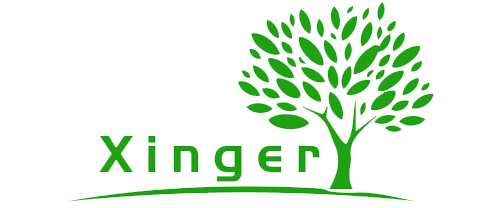
It depends on where the plywood is manufactured. The most common wood used in North America will be the domestically available softwoods, primarily pine and spruce that are grown in the large boreal forests of the Northwestern United States and Canada or sometimes the Appalachian region of the Northeastern US (Vermont-ish) or Eastern Canada (Quebec). It all depends on the proximity to the lumber mills and plywood factories. Several businesses that make up a regional industry are usually set up within a 100 km (60 mile) radius of a timber source to streamline harvesting, transportation, milling, manufacturing, and distribution. From tree to plywood manufacturing to lumber yard needs to be centralized or else trucking/hauling fees will be too expensive.
And for the inner plies (layers) they don’t use expensive, contiguous sheets of veneer. They’ll use wood chips or shavings left over from other manufacturing processes (paper production, mainly) mixed with a glue, usually urea formaldehyde or some phenolic resin.
For the outer plies, either the top or the bottom or both, you can get a softwood veneer in a contiguous sheet. Depending on the grade of the plywood, there will be either a lot of knots and several small, canoe-shaped wooden inserts that cover up missing patches of the veneer (for a lower, cheaper grade), or there will be no knots and only a few canoe-shaped patches. This is plywood — it’s not meant to be pretty.
There are many different types of plywood. There’s Oriented-Strand Board (OSB) which is usually used as sub-flooring and is just wood chips and glue pressed into an odd number of plies/layers. They orient the strands more or less in one general direction for each ply. They do this because wood acts like a sponge depending on the humidity and the criss-cross pattern and the odd number of plies helps reduce any warping as the sheet endures seasonal moisture changes.
There’s particleboard, which is just one layer thick and is basically fine-grained wood chips/dust mixed with glue then formed into a sheet.
There’s your standard construction grade plywood, meant to act as a residential building’s envelope, and that’s usually three or five plies with either no veneer or a crummy one on the top and bottom sides.
Then there is veneer-covered plywood and veneer-covered particleboard, either veneer on one face or on both. For the veneer-covered plywood, there can be between three to nine plies. The veneer can be any species of wood, domestic or exotic and the price rises the rarer the species of tree used for the veneer.
Finally, one of the best man-made sheet materials you can purchase is marine-grade baltic birch plywood. It’s made of nine plies of hardwood (birch) where each layer is secured with a weather-resistant glue. It is a very stable, but very expensive, sheet material that you can even do traditional joinery on (dovetails and such). Again, you can attach a veneer of any kind to one or both faces if birch isn’t what you want to present.
There’s many options available, and they all are designed generally for a specific purpose. They come in different thicknesses from 1/16″ to 2″ and are sold typically in 4-foot by 8-foot sheets, but there are some oversized 5′x12′ if you need.
Then there’s the sawblades you should be using for each…but I’ll end it there.
